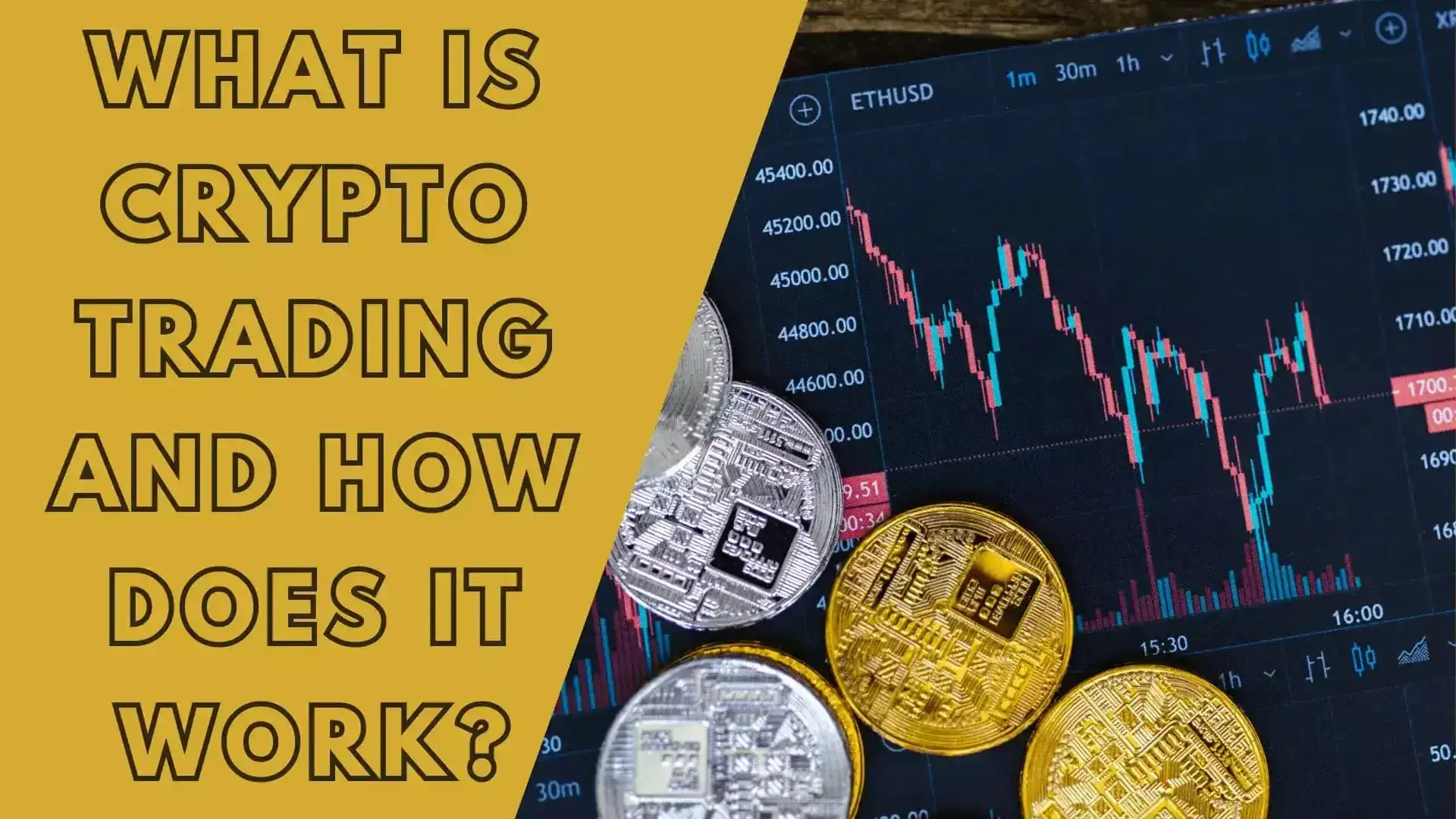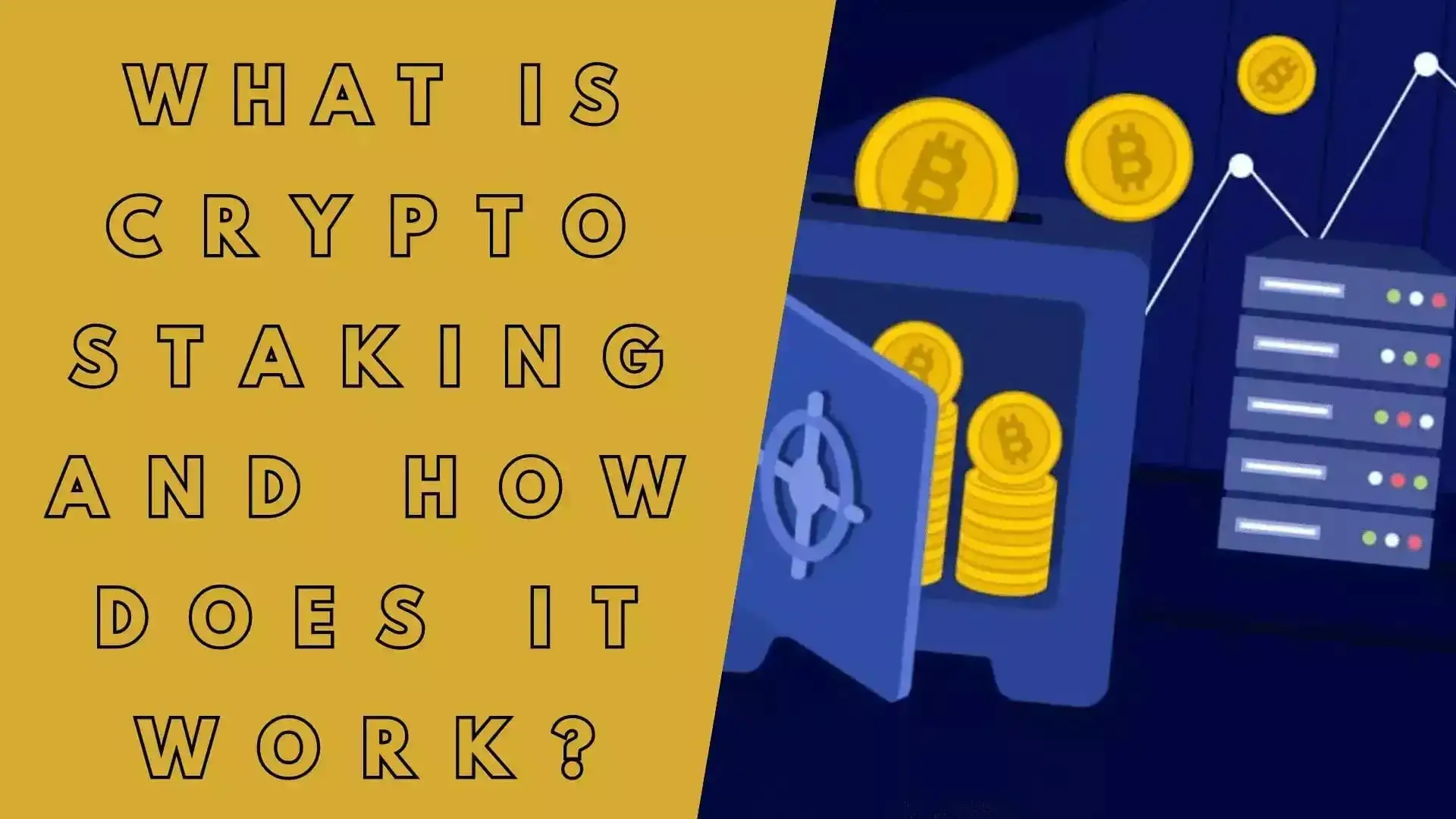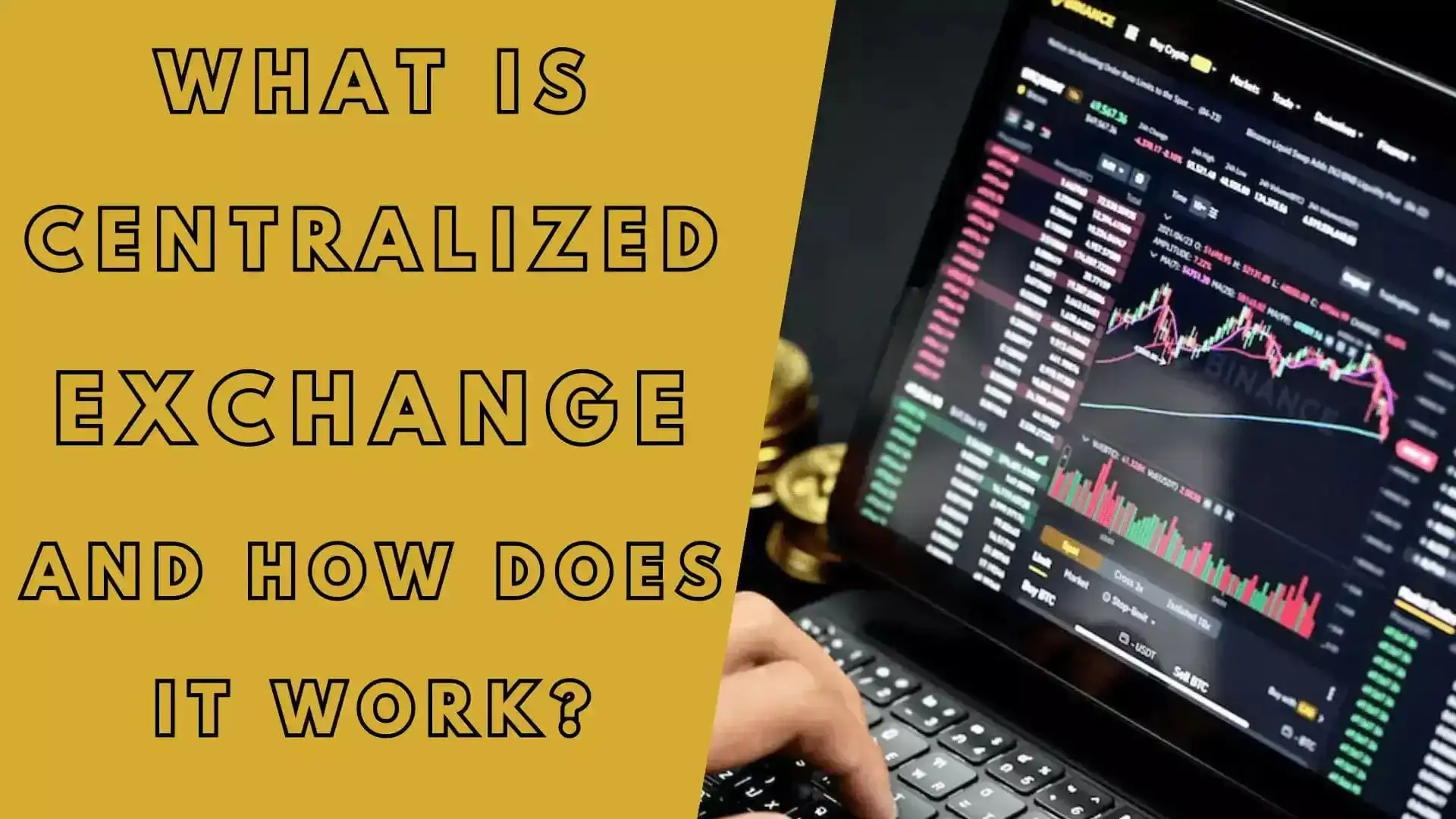Understanding Isolated Margin and Cross Margin in Crypto Trading
Cryptocurrency trading has become increasingly popular over the years, offering investors the opportunity to profit from the volatile digital asset markets. Among the various trading strategies and tools available, margin trading has gained significant traction. Margin trading allows traders to borrow funds from a broker or exchange to increase their buying power, potentially amplifying profits (or losses). Two common margin trading modes in the crypto space are Isolated Margin and Cross Margin. Let's delve into each to understand their nuances and implications.

Posted on 20 Feb 2024
Isolated Margin Trading
Isolated margin trading is a method where traders can allocate a specific amount of their funds, known as margin, to each position they open. In this mode, the margin for each trade is ring-fenced or isolated from the trader's total account balance. This means that losses incurred in one position are limited to the margin allocated to that particular trade, helping to mitigate the risk of liquidation of the entire trading account due to a single adverse price movement.
Key Features of Isolated Margin Trading:
- Risk Management: Isolated margin trading provides a structured approach to risk management by allowing traders to set a predetermined amount of margin for each position. By isolating margin, traders can better control their exposure to market volatility.
- Limited Losses: Since losses are contained within each isolated position, traders are protected from the risk of losing more than the allocated margin for that specific trade. This provides a level of security, especially in highly volatile markets.
- Flexibility: Traders have the flexibility to adjust the margin allocated to each position based on their risk tolerance and market outlook. They can choose to allocate higher margins to high-risk trades and lower margins to less volatile assets.
- Margin Calls: In isolated margin trading, margin calls occur when the margin allocated to a position falls below a certain threshold, typically due to adverse price movements. Margin calls prompt traders to either add more funds to maintain the position or reduce their exposure by closing the trade.
Cross Margin Trading
Cross margin trading, on the other hand, operates differently. Instead of isolating margin for each position, cross margin trading utilizes the trader's entire account balance as collateral. In this mode, the margin for all open positions is pooled together, allowing for greater flexibility but also exposing the entire account balance to the risk of liquidation.
Key Features of Cross Margin Trading:
- Utilization of Entire Balance: Cross margin trading maximizes the use of available funds by using the entire account balance as collateral for all open positions. This can be advantageous for traders who want to leverage their entire capital for trading.
- Increased Risk: While cross margin trading offers flexibility, it also exposes the entire trading account to the risk of liquidation if the market moves unfavorably. A significant adverse price movement in one position can impact the entire account balance, potentially leading to margin calls or liquidation.
- Risk Management Challenges: Managing risk in cross margin trading requires careful monitoring of the overall account balance and exposure. Traders need to be vigilant about maintaining adequate margin levels to avoid liquidation, especially in volatile market conditions.
- Margin Calls and Liquidation: Margin calls in cross margin trading occur when the account balance falls below the required maintenance margin. If margin calls are not met by adding more funds or reducing exposure, the exchange may initiate liquidation of positions to cover the losses.
Choosing Between Isolated and Cross Margin Trading
The choice between isolated and cross margin trading depends on individual trading preferences, risk tolerance, and market conditions. Traders with a conservative approach may prefer isolated margin trading for its risk-limiting features and structured risk management. On the other hand, experienced traders looking to maximize leverage and utilize their entire account balance may opt for cross margin trading.
Regardless of the chosen mode, it's essential for traders to understand the implications and risks associated with margin trading. Proper risk management, including setting stop-loss orders and monitoring margin levels, is crucial to mitigate potential losses and safeguard trading capital in the volatile cryptocurrency markets. Additionally, staying informed about market developments and employing sound trading strategies can contribute to a successful margin trading experience.
Conclusion:
In conclusion, both isolated margin and cross margin trading offer unique advantages and challenges to cryptocurrency traders. By carefully evaluating their trading objectives and risk tolerance, traders can select the most suitable margin trading mode to optimize their trading strategies and achieve their financial goals.





